News
Kenya Prepares to Destroy $63 Million Drug Seizure as Questions Mount Over Jurisdiction
The stateless vessel, crewed entirely by Iranians, ignored multiple commands to stop before naval officers boarded it during what authorities described as Operation Bahari Safi.
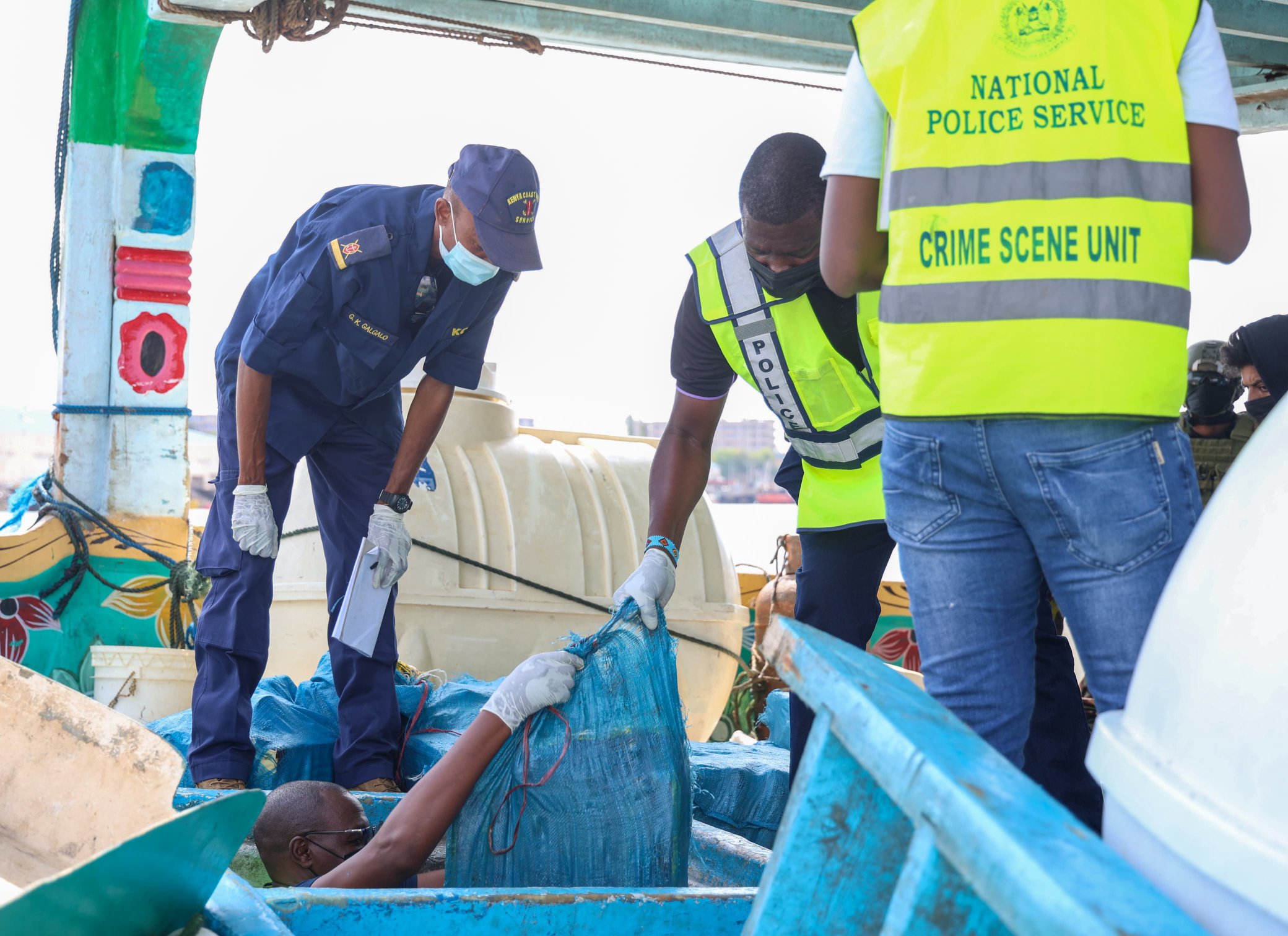
NAIROBI — Kenyan authorities announced plans to publicly destroy more than one ton of methamphetamine valued at 8.2 billion shillings following the arrest of six Iranian nationals aboard a vessel intercepted hundreds of miles off the East African coast, reviving concerns about the country’s role as a conduit for international narcotics trafficking.
Interior Cabinet Secretary Kipchumba Murkomen said during a church service in Kisumu on Sunday that the drugs would be destroyed after the suspects face charges in court, calling the operation a demonstration of President William Ruto’s administration’s commitment to combating the flow of illicit substances through the region.
The seizure, Kenya’s second-largest drug bust in history, has thrust the country back into the international spotlight as investigators work to build a prosecution case complicated by maritime law and the haunting memory of a similar case that collapsed spectacularly in court.
The dhow, named MV Mashallah, was carrying 1,024 kilograms of crystalline methamphetamine concealed in black plastic bags deceptively labeled as premium coffee when it was intercepted by a multinational task force approximately 630 kilometers east of Mombasa.
The stateless vessel, crewed entirely by Iranians, ignored multiple commands to stop before naval officers boarded it during what authorities described as Operation Bahari Safi.
Mohamed Amin, director of criminal investigations, said government testing confirmed the seized substance was 98 percent pure methamphetamine, a powerful stimulant whose chronic use can lead to severe malnutrition, dramatic weight loss and psychological addiction. Authorities declined to specify the intended destination, though officials believe the drugs were meant for regional distribution networks.
The operation involved an elaborate coordination between the Kenya Navy, criminal investigators, anti-narcotics units, coast guard services, revenue authorities, port police, intelligence services and port security.
A Seychelles Coast Guard patrol aircraft assisted in escorting the vessel to Mombasa aboard the KNS Shupavu.
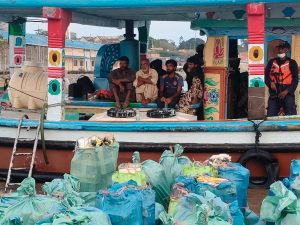
Some of the six Iranian crew members under tight security after a seizure of narcotics aboard an Iranian Vessel worth Sh8.2billion some 650 km off the shore of Mombasa.
Yet the success of the interdiction operation may prove easier than securing convictions.
The interception occurred well beyond Kenya’s territorial waters, which extend just 12 nautical miles from the coastline, and even beyond the country’s exclusive economic zone, which reaches 200 nautical miles offshore.
This places the seizure in international waters, creating a complex legal challenge that has already proved fatal to previous prosecutions.
In June, Kenya lost a case involving 1.3 billion shillings worth of heroin after the High Court found that prosecutors failed to establish the precise location and nationality of a vessel intercepted in 2014.
That case featured conflicting testimony from officers who disagreed on whether the ship was six nautical miles or 203 nautical miles from shore.
The court ruled the vessel had been seized outside Kenyan territorial waters, and despite initial life sentences handed down by a magistrate, seven foreign nationals walked free due to procedural failures and contradictory evidence.
The vessel in that case, which carried 377 kilograms of solid heroin along with thousands of liters of liquid heroin and heroin-laced diesel, was destroyed on orders from then-President Uhuru Kenyatta. The suspects were released.
Eleven years later, Kenya confronts remarkably similar circumstances.
The MV Mashallah was stateless, flying no flag, and was intercepted in international waters. Prosecutors will need to navigate a web of domestic and international law to bring charges that withstand judicial scrutiny.
Legal experts note that Kenya does have grounds for prosecution under international conventions. The 1982 United Nations Convention on the Law of the Sea permits any state to board and seize vessels without nationality on the high seas.
The 1988 Vienna Convention against illicit drug trafficking further authorizes countries to take action against stateless ships suspected of smuggling narcotics.
In the earlier heroin case, the High Court acknowledged that Kenya had acted within its rights under international law, noting that stateless vessels engaged in drug trafficking are subject to the jurisdiction of any state.
Still, the burden will fall on prosecutors to document the interception with precision and establish an unbroken chain of evidence linking the suspects to the contraband.
Any contradiction in witness testimony or gaps in documentation could provide grounds for dismissal.
Murkomen sought to frame the seizure as evidence of Kenya’s determination to combat the narcotics trade, which he linked to international terrorism.
“You have seen, through the determination of President William Ruto, supported by our army, police and Coast Guard, that we have successfully intercepted drugs linked to ISIS, operated by Iranians near our waters,” he said.
“Those drugs will be taken to court together with the six Iranians, and thereafter we shall destroy them in the open.”
The interior secretary provided no evidence for the connection to the Islamic State, and it remains unclear whether the claim refers to the terrorist organization or represents a characterization of the crew’s nationality and the broader geopolitical context of Iranian-linked smuggling operations in the region.
Methamphetamine, while not as historically prevalent in East Africa as heroin or cocaine, represents a growing threat across the continent.
The drug belongs to a class of amphetamine-type stimulants commonly manufactured in clandestine laboratories and can be consumed in various forms including powder, tablets or crystals resembling glass fragments.
Users may swallow, snort, smoke or inject the substance.
The current seizure ranks just behind the 1.1 tons of cocaine worth 6 billion shillings that police confiscated in Nairobi and Malindi in 2006, making it a record-breaking haul for methamphetamine specifically.
Deputy Navy Commander Brigadier Sankale Kiswaa emphasized that the interception occurred under the framework of the Regional Coordination of Operations Centre and Safe Seas Africa, highlighting the increasingly collaborative nature of maritime security in the Indian Ocean.
The coordination reflects growing recognition among regional governments and international partners that drug trafficking networks operate across borders and require multinational responses.
Kenya’s position along major maritime routes linking Asia, the Middle East and Africa has long made it attractive to traffickers seeking to move narcotics between production zones and consumer markets.
The country serves as both a transit point for drugs heading to other destinations and, increasingly, as a market itself as domestic drug use rises.
Murkomen pledged that the government would maintain its focus on combating narcotics and related threats.
“As a nation, we have resolved to stand firm against drugs, illicit alcohol, and all other vices eroding the lives and dignity of our people,” he said.
Whether that resolve can overcome the procedural and evidentiary challenges that derailed the previous major case will determine if the six Iranians now in custody face the life sentences that Kenyan law prescribes for drug trafficking, or if they too will be released to resume their interrupted voyage.
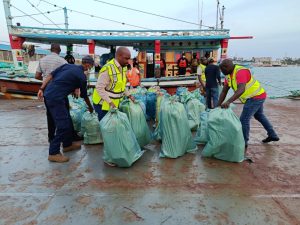
Some of the 1024 kilograms of synthetic drugs seized from six Iranian crew members aboard an Iranian Vessel worth Sh8.2billion some 650 km off the shore of Mombasa.
Kenya Insights allows guest blogging, if you want to be published on Kenya’s most authoritative and accurate blog, have an expose, news TIPS, story angles, human interest stories, drop us an email on [email protected] or via Telegram
-

 News2 weeks ago
News2 weeks agoKenyan Driver Hospitalized After Dubai Assault for Rejecting Gay Advances, Passport Seized as Authorities Remain Silent
-

 Investigations1 week ago
Investigations1 week agoMoney Bior, Lawyer Stephen Ndeda Among 18 Accused Of Running An International Fraud Ring Involved With Scamming American Investor Sh500 Million
-

 Investigations6 days ago
Investigations6 days agoNestlé Accused of Risking Babies’ Health in Africa with ‘Toxic’ Cerelac Product Sold Highest in Kenya
-

 Business2 weeks ago
Business2 weeks agoConstruction Of Stalled Yaya Center Block Resumes After More Than 3 Decades and The Concrete Story Behind It
-
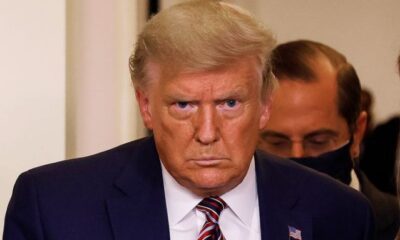
 Investigations2 weeks ago
Investigations2 weeks agoHow Somali Money From Minnesota Fraud Ended In Funding Nairobi Real Estate Boom, Al Shabaab Attracting Trump’s Wrath
-
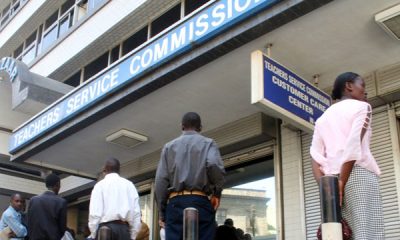
 News1 week ago
News1 week agoTSC Announces Major Policy Shift To End Transfer Of Promoted Teachers
-

 News6 days ago
News6 days ago48-Year-Old Woman Who Pushed 25-Year-Old Boyfriend To Death From 14th Floor Kilimani Apartment Arrested
-

 Investigations3 days ago
Investigations3 days agoHow Land Grabbing Cartels Have Captured Ardhi House















